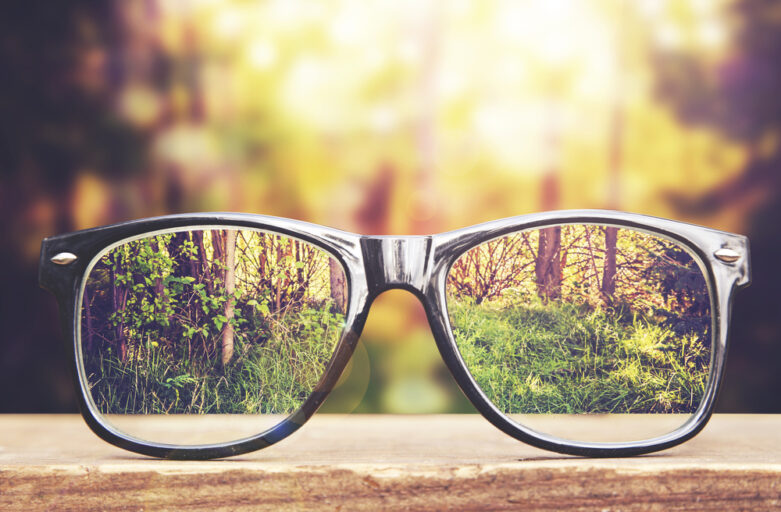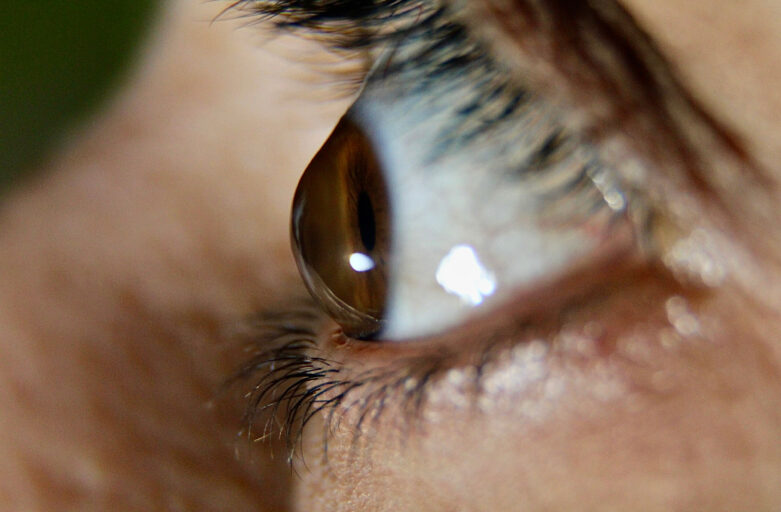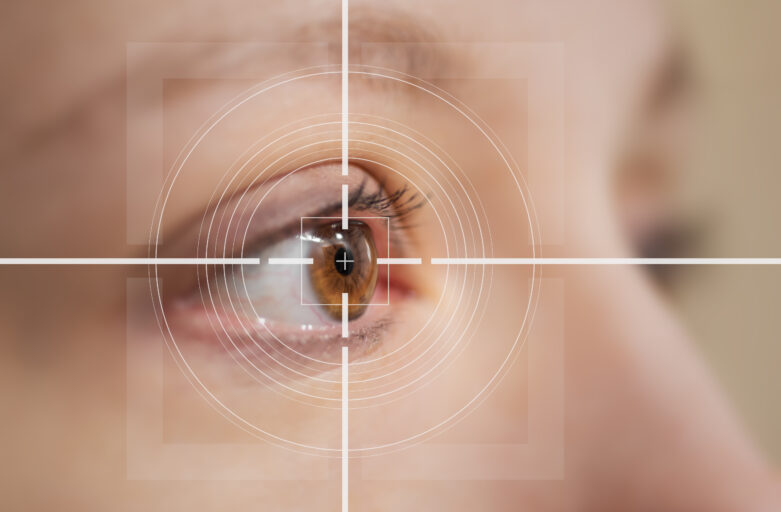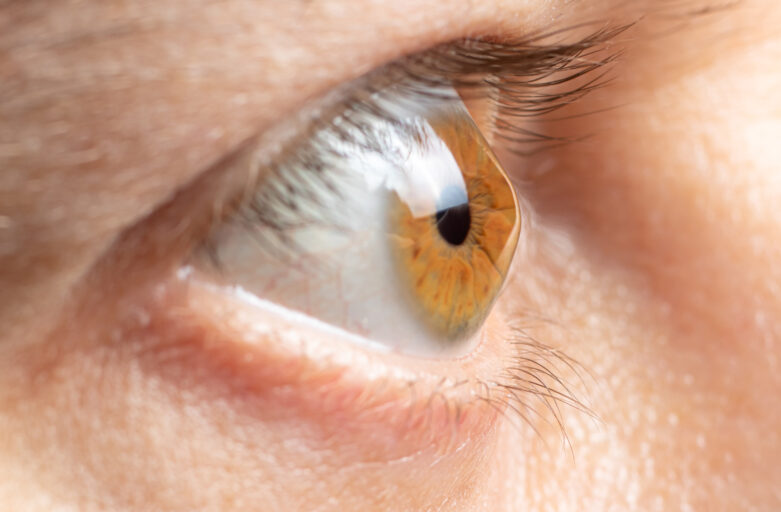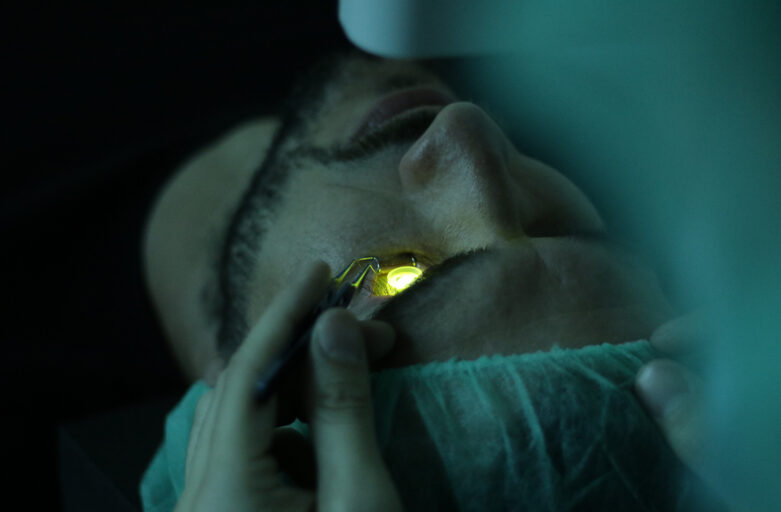The three most common types of refractive errors are nearsightedness, farsightedness, and astigmatism. Those who wear glasses or contact lenses usually have at least one of these conditions. In this blog, renowned ophthalmologist Dr. Brian Boxer Wachler explains the differences between these refractive errors. Read more
Category: Blog
What EVO Visian ICL Can Do That LASIK Cannot
LASIK may still be the most recognizable name for the surgical correction of refractive errors, but it’s certainly not the only effective method. A growing number of patients are learning about EVO Visian ICL, an insertable lens implant that can correct myopia (nearsightedness) and astigmatism. Millions of people have already had Visian ICL to correct their vision. As one of the nation’s foremost EVO Visian ICL doctors, Brian Boxer Wachler, MD, shares some of the advantages that ICL has over LASIK. Read more
Family History of Keratoconus? What You Can Do
Researching our ancestors has become a popular pastime, especially with the advent of services such as 23andMe and Ancestry.com. But familiarizing yourself with your family tree is not just a fun hobby – it can uncover information that is valuable to your ocular health.
Some eye diseases, including the corneal condition keratoconus, have a genetic component. Not all cases of keratoconus are inherited but having a family history of keratoconus increases the risk of getting it. If one of your close family members has keratoconus, you are more likely to get it than someone without a family history.
Here, Brian Boxer Wachler, MD, of Boxer Wachler Vision Institute recommends steps to take if you uncover a family history of keratoconus. Read more
Does Keratoconus Ever Stop Progressing?
If you have recently been diagnosed with keratoconus, Brian Boxer Wachler, MD — known by patients and doctors as “The Keratoconus Guru” — urges you to quickly find and establish care with a reputable provider. Time is of the essence when seeking treatment for keratoconus, which is a progressive and unpredictable disease. There is no way to know how quickly and severely it will worsen, or to predict the effects on your vision. Keratoconus “has a mind of its own.” But make no mistake: it will NOT stop and go away on its own. Read more
How Fortified LASIK Differs from LASIK
In the past two decades, millions of Americans have sought LASIK to reshape their corneas and correct common refractive errors like nearsightedness, farsightedness and astigmatism. Countless more have considered having the surgery but have held off to see if it becomes even safer and more effective over time. If you have been holding out for the best and most advanced LASIK procedure available, look no further than Fortified LASIK, performed exclusively by renowned ophthalmologist Dr. Brian Boxer Wachler. Read more
How Will Pregnancy Affect My Keratoconus?
Hormone fluctuations in the body are linked to the progression of this eye condition: that is why so many keratoconus patients start to see their symptoms develop during puberty. For that reason, it is understandable that some women are concerned about the potential impact pregnancy may have for causing or restarting keratoconus.
Dr. Brian Boxer Wachler, an ophthalmologist known worldwide for his keratoconus expertise, shares what the latest research says about this subject so that women who are pregnant or intending to become pregnant one day can make informed decisions about their health. Read more
Dr. Brian Becomes a Film Producer: Watch the Award-Winning Documentary about an Olympic Champion
In addition to being a world-renowned ophthalmologist, Dr. Brian Boxer Wachler has an exciting new credential for his extensive résumé: filmmaker. He is a producer on Holky: The Steven Holcomb Story, a moving documentary detailing the successes and struggles of Steven Holcomb, a decorated Olympic bobsledder. This half-hour film has been well received by critics and audiences, and recently won Best Documentary at the London International Film Festival.
These Risk Factors Make You More Likely to Develop Keratoconus
Keratoconus affects about 1 in every 400 Americans. Although researchers continue to study keratoconus, they still have not pinpointed a definitive cause for the eye condition. However, researchers have identified multiple risk factors that may indicate that you are more like to develop keratoconus. Renowned ophthalmologist Dr. Brian Boxer Wachler shares some of those risk factors here: Read more
How to Prevent Keratoconus from Stealing Your Teen Years
Being a teenager can be challenging enough on its own, so finding out that you have keratoconus while you are still in high school only adds to your stress. Roughly 1 in 400 people are affected by keratoconus, with most of these patients developing the symptoms during their teenage years. In other words: you are not alone.
Dr. Brian Boxer Wachler is an internationally recognized ophthalmologist who specializes in the treatment of keratoconus. He has found amazing success treating teenage patients, helping them to avoid serious vision loss and lead normal lives. Read more
Intacs and Corneal Cross-Linking for Keratoconus Provide Better Quality of Life
Known as “The Keratoconus Guru,” Dr. Brian Boxer Wachler is the author of three books about keratoconus. Throughout his career, he has pioneered advancements in the field of ophthalmology to better treat his patients diagnosed with this debilitating condition. In this blog, he explains how two of the best procedures — Intacs and corneal cross-linking — can help people with keratoconus to lead much better lives. Read more

